Humayun Mausoleum. Jannat on Earth. Rubric: India CULTURE
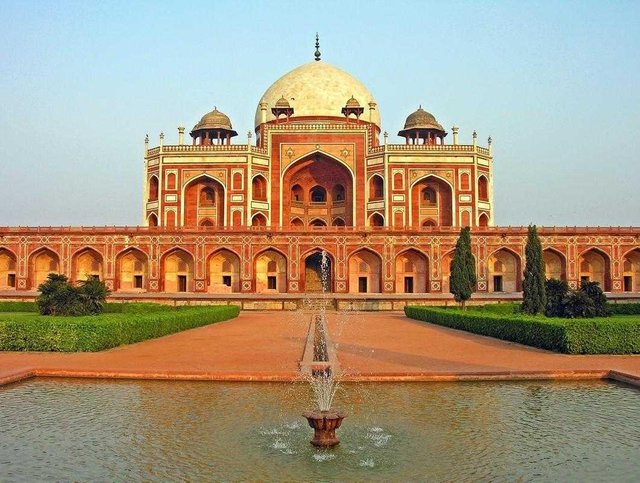
Nasir-ud-din Muhammad Humayun, the two Padishahs of the Mughal Empire left the world in 1556 AD, leaving a sad widow, his wife Bega Begum Sahiba, then Narekshuyusya Haji Begum, in great sadness. his ultimate intention later on worshiped only God and to preserve the memory of a great monument to his wife, such people in beauty and majesty I have not seen the light before.
The bruised remains of Humayun, initially buried in the Puran-Kila palace in Delhi, were then buried again in Sirhind (the state of Punjab) to avoid their desecration by the Hindu king, Hem. Nine years after the death of Padishah in eastern Delhi, the construction of a magnificent tomb garden began, the main architect of the chosen Mirak Mirza Giyas of Herat (northwest Afghanistan). The works were paid, whose value was at that time roughly one and a half million MUG rupees, exclusively by the consort of Bega Begum. The architect Giyas did not live to see the end of development, and his son, Syed Muhammad, took his place. In 1572, the construction of this large structure was completed, and almost immediately began its destruction.
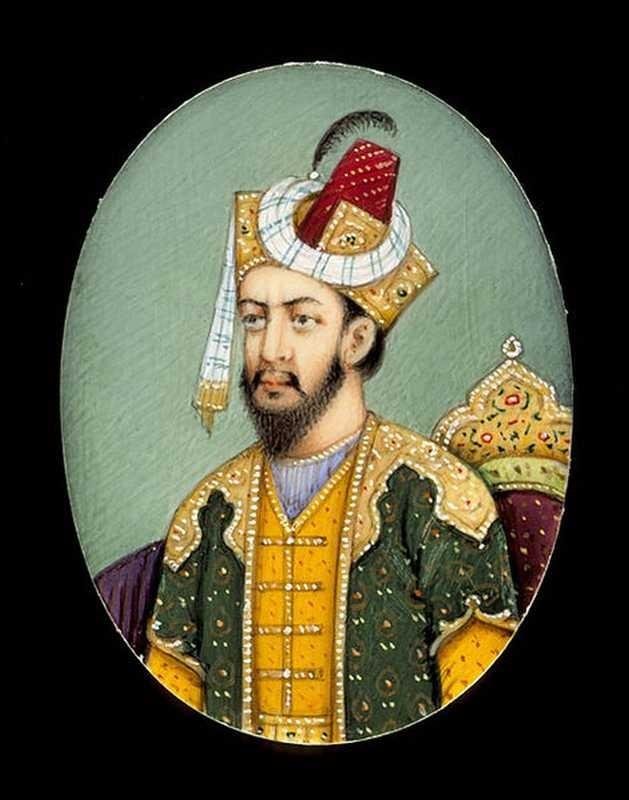
Only after the capture of Delhi in 1857 by the British, the gardens were again transformed into gardens, but already in the English style. In the period 1903-1909, on the orders of Indian Vice President Lord Curzon, the garden finally returned to its original appearance.
However, Humayun's misfortune did not end there, and in 1947, during the gloomy event of the Indian partition, the tomb became a spontaneous Muslim refugee camp, which greatly affected his condition. Until 1985, four failed attempts were made to return the grave and water supply system from the garden. The new period in the existence of architectural complexes began in 1993, from the time of its recognition as a UNESCO cultural heritage object. The main restoration works under the auspices of the Aga Khan Cultural Foundation, the Department of Architecture of India and the National Cultural Foundation fell from 1999 to 2003. Their total cost is 650,000 US dollars. This work is preceded by careful planning and comprehensive archaeological research, which allows to present the views of many visitors of a beautiful mausoleum in its pure appearance. Buildings and green plantations are restored, the water circulation system is made almost new, after years of inactive fountains gained. More than two thousand trees are planted.
Humayun's tomb is adjacent to the tombs of other Mughal rulers, such as Nila Gumbad, Isa Khan, Bu Halima, and the tomb-building settlement, Arab Serai. He was the first representative of the tomb in the Indian subcontinent, and was created in accordance with the Persian concept of charbagh, or chaharbagh (translated from Farsi as "four gardens"). A beautiful garden, divided into four equal parts by running waterways, symbolizes the Muslim representation of heaven according to the Qur'an.
Entry into your garden can be through gates on the south and west side, in the middle of the east and north wall there is a covered pavilion. The tomb itself, located in the middle of the park, stands on the platform of the terrace, where there are vaulted niches along the perimeter. The building is crowned with a 42.5 meter tall Persian dome, faced with white marble. Surrounds the chaderis gazebo-colonnade dome, in an existing architecture of strong Indian influence, and whose dome, in turn, is decorated with glazed ceramic tiles. In the center of each side of the tomb there is a curved niche, in the depths of which there is a small niche located in the order of mathematical harmony barely visible.
The inside of the tomb is a two-story double-story hall in the plan, with a few rows of dome-shaped alcoves on the wall. The main material of construction and finishing is red sandstone. The interior also uses black and white marble corner inserts. According to the testimony of contemporaries, in the 16th century, the tomb hall was lavishly decorated with carpets and shamian covers. In the middle of the upper level is the cenotaph of the yellow and black marble emperors, and the graves of other members of the royal family are in the corner room. In total, about 150 tombs of Mughal dynasty representatives are in tombs and gardens.
From the standpoint of the world's architectural heritage, the Humayun temple is a unique relationship between the Gur Emir complex, Tamerlane's grave, the Humayun ancestor, and the tomb of his grandson Shah Jahan I, Taj Mahal. In addition, this place is still a welcome place for many Delhi guests, a source of creative inspiration and aesthetic pleasure.
Take a quick look at the preservation and restoration of Humayun temple: [video](
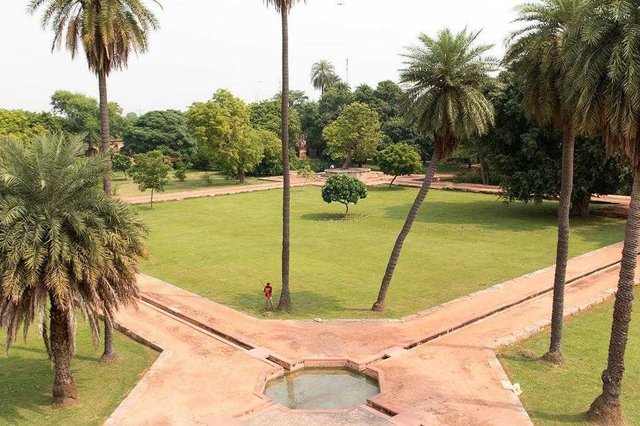
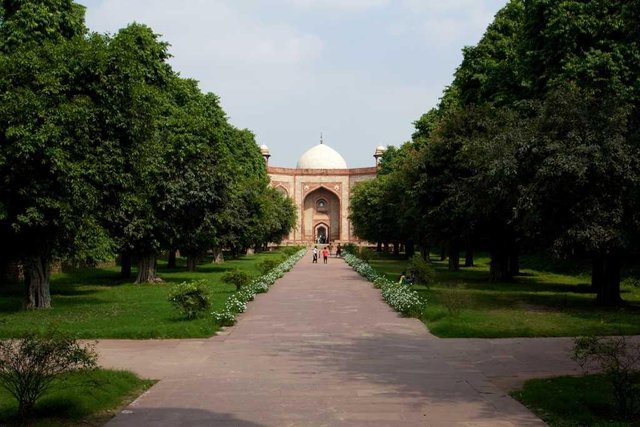
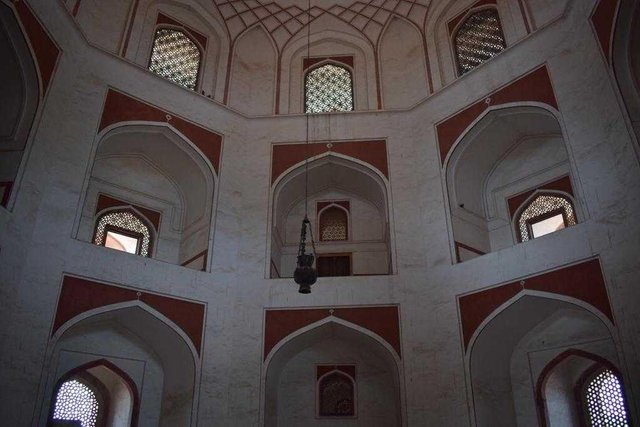
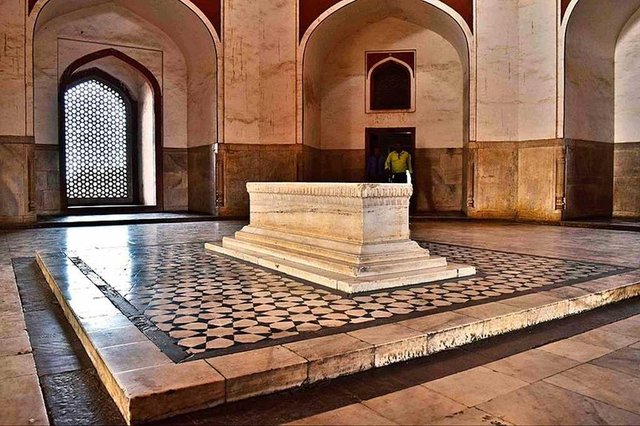
a very good history brother ... hopefully one day I can visit the place. Insha Allah